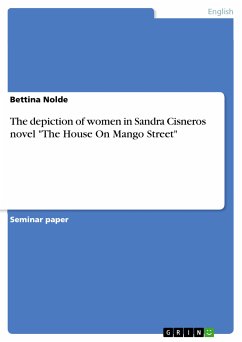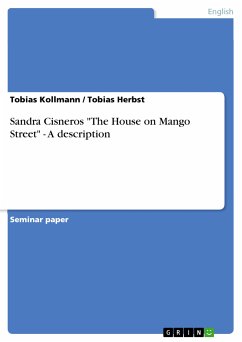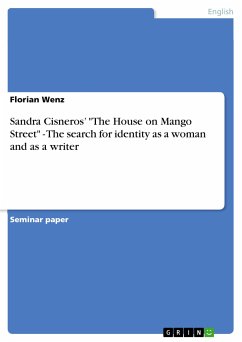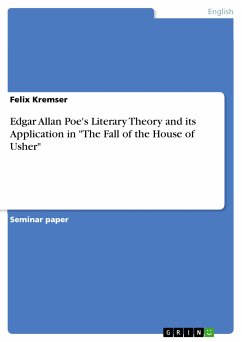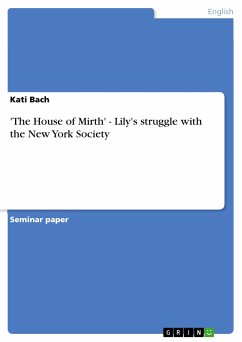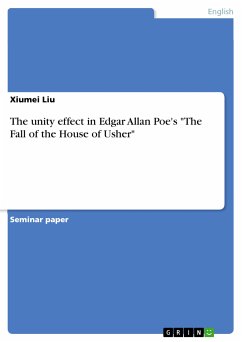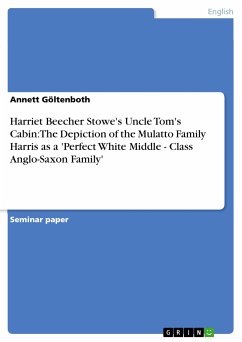Seminar paper from the year 2003 in the subject American Studies - Literature, grade: 2 (B), University of Potsdam (Anglistics/ American Studies), course: Feminist Chicana Writing, language: English, abstract: Sandra Cisneros is one of the most popular feminist Chicana writers. She was born in Chicago in 1954 as the only daughter among six brothers of a Mexican – American mother and a Mexican father. In her early childhood the family moved a lot between Chicago and Mexico City, where her grandparents lived, so Cisneros never felt at home anywhere. Hence, she spent most of her time reading for the family’s mobility prevented the development of friendships. When she attended college in 1974 she started writing poetry and prose in a creative writing class. There she created a style of writing that was intentionally opposite to those of her classmates. After receiving her M.A. at the University of Iowa she worked in a Chicano barrio in Chicago teaching high school dropouts and later on as an administrative assistant at Loyola University Chicago. Today she lives in San Antonio and is working on a new novel. In the following the depiction of women in her novel “The House on Mango Street” will be examined. This novel consists of a series of vignettes describing the growing up of the young girl Esperanza in a barrio in Chicago as she herself reflects it with her youthful naivety. She characterises different people, particularly women respectively girls surrounding her in various situations and depicts the living conditions of the barrio in general. The different female characters appearing in the novel will be analysed in reference to their deprived situation concerning race, gender and class. To that end the author will initially give an insight into the image and role of women in the Mexican – American culture. Accordingly the analysis of the different characters acting in various situations against the background of this will follow. The literature used for this work is English as well as German whereas indirect quotations from the German literature will be translated with the knowledge of the author. Due to its limited extend the following work is not exhaustive.

